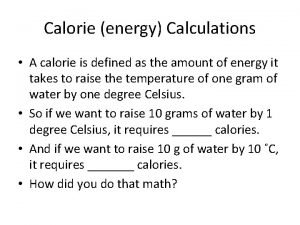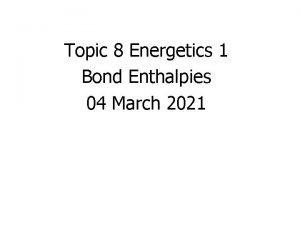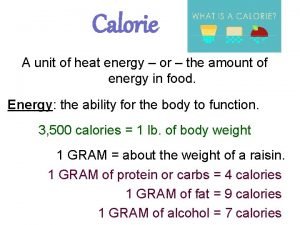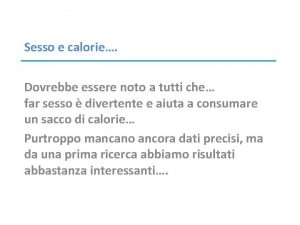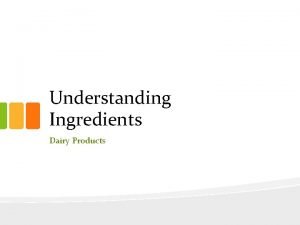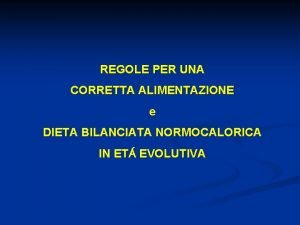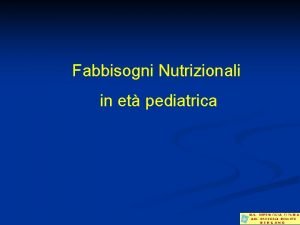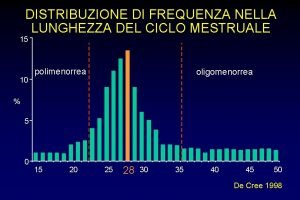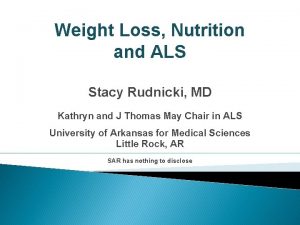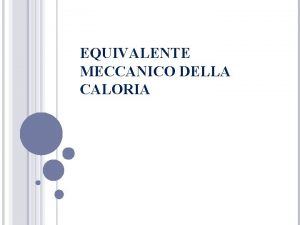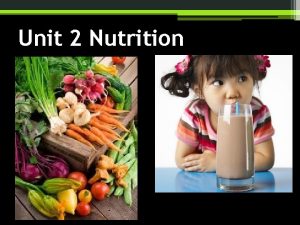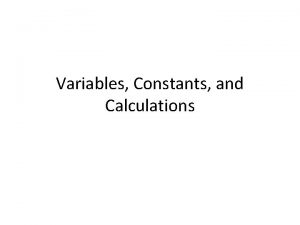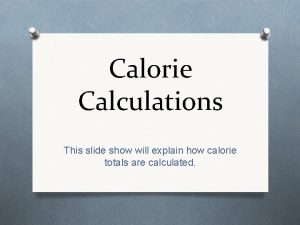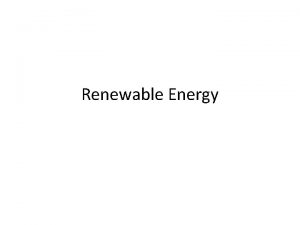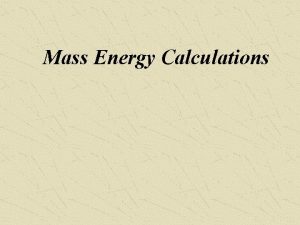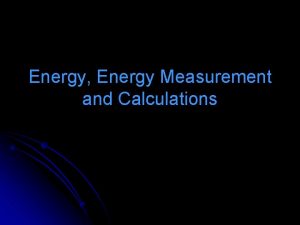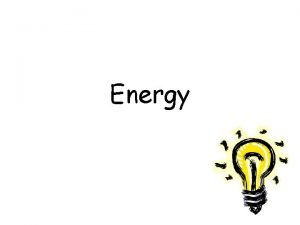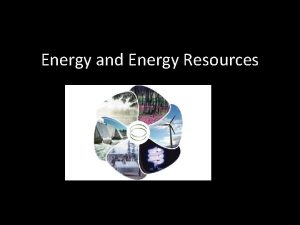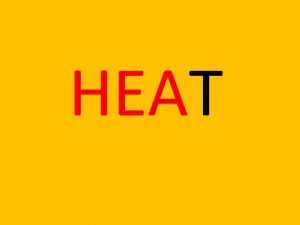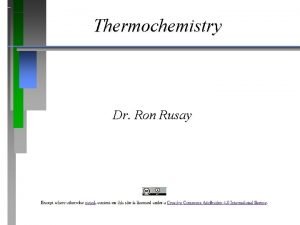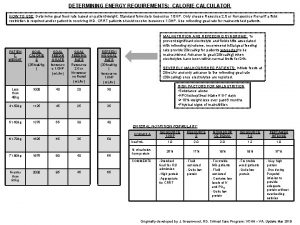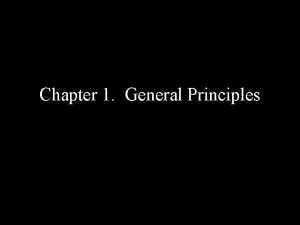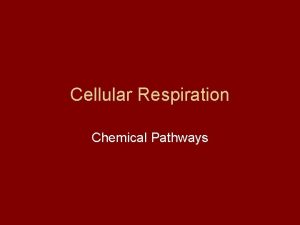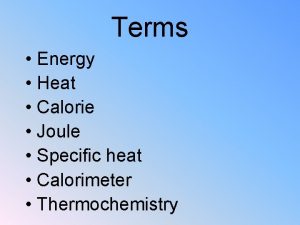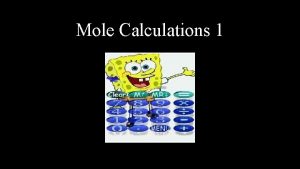Calorie energy Calculations A calorie is defined as


























- Slides: 26

Calorie (energy) Calculations • A calorie is defined as the amount of energy it takes to raise the temperature of one gram of water by one degree Celsius. • So if we want to raise 10 grams of water by 1 degree Celsius, it requires ______ calories. • And if we want to raise 10 g of water by 10 ˚C, it requires _______ calories. • How did you do that math?

Calorie (energy) Calculations • There is an equation to streamline that math. ˚C Specific heat capacity, in cal/g˚C g , in Ma ss , in rgy , in mp e in t Ene nge Cha cal Q=mcΔT

What is c? ? • “c” is the specific heat capacity. • That is the amount of energy it takes to change the temperature of 1 gram of the substance by 1 ˚C. • Does that sound familiar? • In your yellow data book, find the table with physical constants for water. • What value (number and units) does “c” have for liquid water?

Try one out! • How much energy is absorbed if 12. 3 g of water is heated from 15. 0 ˚C to 35. 0 ˚C? • First, define your variables: § § Q = we don’t know, this is what you’re looking for m = mass of water = 12. 3 g c = specific heat capacity = 1. 000 cal/g ˚C ΔT = change in temp = 35 ˚C - 15 ˚C = 20. 0 ˚C § Then plug numbers in to your equation: § Q = mcΔT = (12. 3 g)*(1. 000 cal/g ˚C)*(20. 0 ˚C) § Q = 246 cal

Try one out! • How much energy is absorbed if 35. 6 g of water is heated from 15. 0 ˚C to 35. 0 ˚C? • First, define your variables: § § Q = we don’t know, this is what you’re looking for m = mass of water = c = specific heat capacity = 1. 000 cal/g ˚C ΔT = change in temp = § Then plug numbers in to your equation: § Q = mcΔT

Q = 712 cal

Try one out (this time a different direction)! • If 211 cal of heat energy is added to 16. 0 grams of water, how much will the temperature increase? • First, define your variables: § § Q = 211 cal m = mass of water = 16. 0 g c = specific heat capacity = 1. 000 cal/g ˚C ΔT = change in temp = what we are looking for § Then plug numbers in to your equation: § Q = mcΔT

ΔT = 13. 2 °C

Try one out (this time a different direction)! • If 315 cal of heat energy is added to 9. 10 grams of water that starts at 27. 0 ˚C, what will the final temperature be? • First, define your variables: § § Q= m = mass of water = c = specific heat capacity = 1. 000 cal/g ˚C ΔT = change in temp = what we are looking for § Then plug numbers in to your equation: § Q = mcΔT § Once you have calculated the change, how can you find the final temperature? ?

ΔT = 34. 6 °C Final temperature = 27. 0 + 34. 6 = 61. 6°C

One more (another different direction )! • If 321 cal of heat energy is added to some water, and the water increases by 2. 60 ˚C, what was the mass of the water? • First, define your variables: Q= m = mass of water = what we are looking for c = specific heat capacity = 1. 000 cal/g ˚C ΔT = change in temp = Then plug numbers in to your equation: § Q = mcΔT § §

m = 123 g

What if you are melting ice? • Remember from your heating curve, while ice is melting, the temperature stays the same… • So we need a new equation! l/g a in c in g ss, Ma cal , in rgy on, fusi Ene t of Hea Q = m. Hf

What is Hf? ? • “Hf” is the heat of fusion. • That is the amount of energy it takes to change 1 gram of the substance from a solid to a liquid (to melt it). • In your yellow data book, find the table with physical constants for water. • What value (number and units) does “Hf” have for water?

Try one out! • How much energy is absorbed if 12. 3 g of ice is melted? • First, define your variables: § Q = we don’t know, this is what you’re looking for § m = mass of water = 12. 3 g § Hf = heat of fusion= 79. 72 cal/g § Then plug numbers in to your equation: § Q = m. Hf = (12. 3 g)*(79. 72 cal/g) § Q = 981 cal

Try one out! • How much energy is absorbed if 35. 6 g of ice is melted? • First, define your variables: § Q = we don’t know, this is what you’re looking for § m = mass of water = § Hf = heat of fusion= 79. 72 cal/g § Then plug numbers in to your equation: § Q = m. Hf = § Q=

Q = 2838 cal = 2840 cal with sig figs

Try one out (a different direction this time)! • If 211 cal of heat energy is added to melt some ice, what mass of ice can be melted? • First, define your variables: § Q = 211 cal § m = mass of water = what you are looking for § Hf = heat of fusion= 79. 72 cal/g § Then plug numbers in to your equation: § Q = m. Hf = § Q=

m = 2. 65 g

What if you are boiling water? • Remember from your heating curve, while water is boiling, the temperature stays the same… • So we need a new equation! n, in in g ss, Ma cal , in rgy atio oriz vap g cal/ Ene t of Hea Q = m. Hv

What is Hv? ? • “Hv” is the heat of vaporization. • That is the amount of energy it takes to change 1 gram of the substance from a liquid to a gas (to vaporize it). • In your yellow data book, find the table with physical constants for water. • What value (number and units) does “Hv” have for water?

Try one out! • How much energy is absorbed if 12. 3 g of water is vaporized (boiled)? • First, define your variables: § Q = we don’t know, this is what you’re looking for § m = mass of water = 12. 3 g § Hv = heat of vaporization= 539. 4 cal/g § Then plug numbers in to your equation: § Q = m. Hv = (12. 3 g)*(539. 4 cal/g) § Q = 6634. 62 cal = 6630 cal with sig figs

Try one out! • How much energy is absorbed if 35. 6 g of water is vaporized? • First, define your variables: § Q = we don’t know, this is what you’re looking for § m = mass of water = § Hv = heat of vaporization= 539. 4 cal/g § Then plug numbers in to your equation: § Q = m. Hv = § Q=

Q = 19202 cal = 19200 cal with sig figs

Try one out (a different direction this time)! • If 211 cal of heat energy is added to vaporize some water, what mass of water can be vaporized? • First, define your variables: § Q = 211 cal § m = mass of water = what you are looking for § Hv = heat of vaporization= § Then plug numbers in to your equation: § Q = m. Hv = § Q=

m = 0. 391 g
 Calorie is defined as
Calorie is defined as Types of connections in steel structures
Types of connections in steel structures It is a collection of well-defined objects
It is a collection of well-defined objects Energy calculations oxford
Energy calculations oxford Kinetic energy pyramid
Kinetic energy pyramid Bond enthalpy problems
Bond enthalpy problems Energy energy transfer and general energy analysis
Energy energy transfer and general energy analysis Energy energy transfer and general energy analysis
Energy energy transfer and general energy analysis Dean pomerleau
Dean pomerleau Différence entre calorie et kilocalorie
Différence entre calorie et kilocalorie How much protein is 3 oz of chicken
How much protein is 3 oz of chicken Livestrong daily plate
Livestrong daily plate Dragibus calories
Dragibus calories Calorie orgasmo
Calorie orgasmo Raw milk fat percentage
Raw milk fat percentage Colazione equilibrata
Colazione equilibrata Calorie restriction
Calorie restriction Noci calorie
Noci calorie Calcolo calorie
Calcolo calorie Every calorie counts
Every calorie counts Dieta per menopausa 1200 calorie
Dieta per menopausa 1200 calorie Calcolo calorie
Calcolo calorie Dieta metabolica
Dieta metabolica Harris-benedict -basal metabolic rate calorie calc
Harris-benedict -basal metabolic rate calorie calc Diet chart for diabetic
Diet chart for diabetic Equivalente meccanico della caloria
Equivalente meccanico della caloria Enfa lactose free
Enfa lactose free
